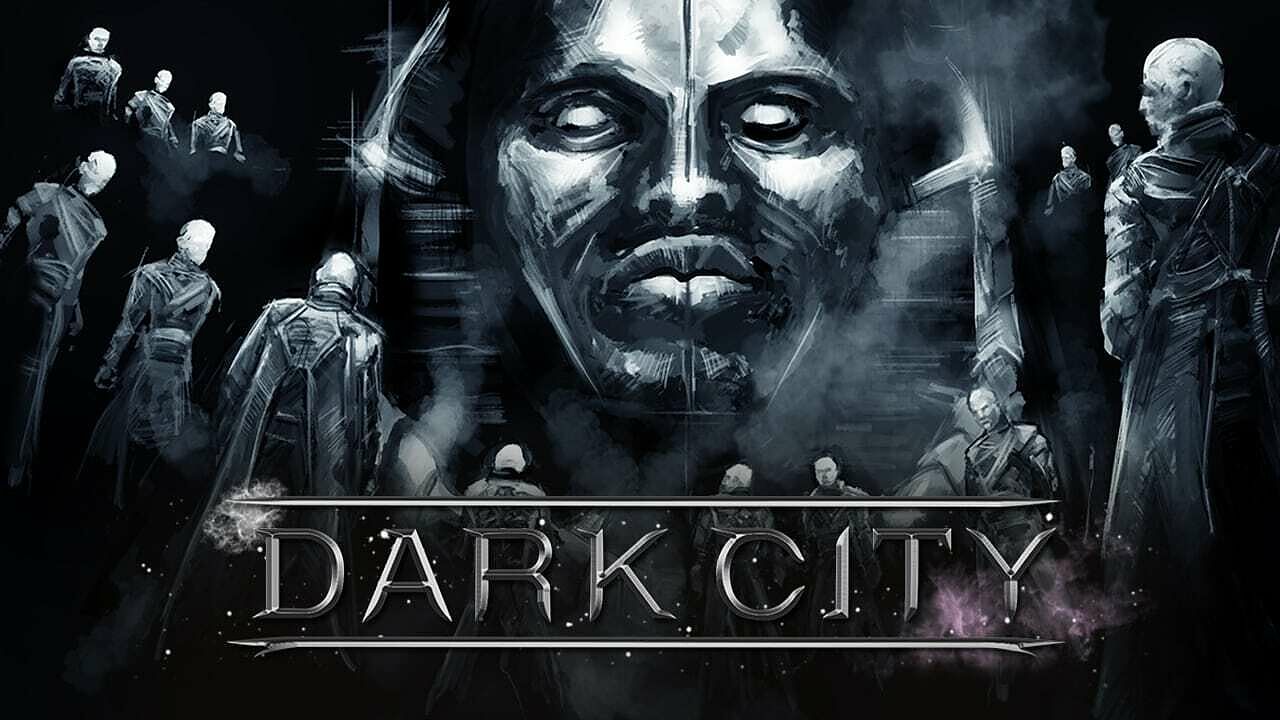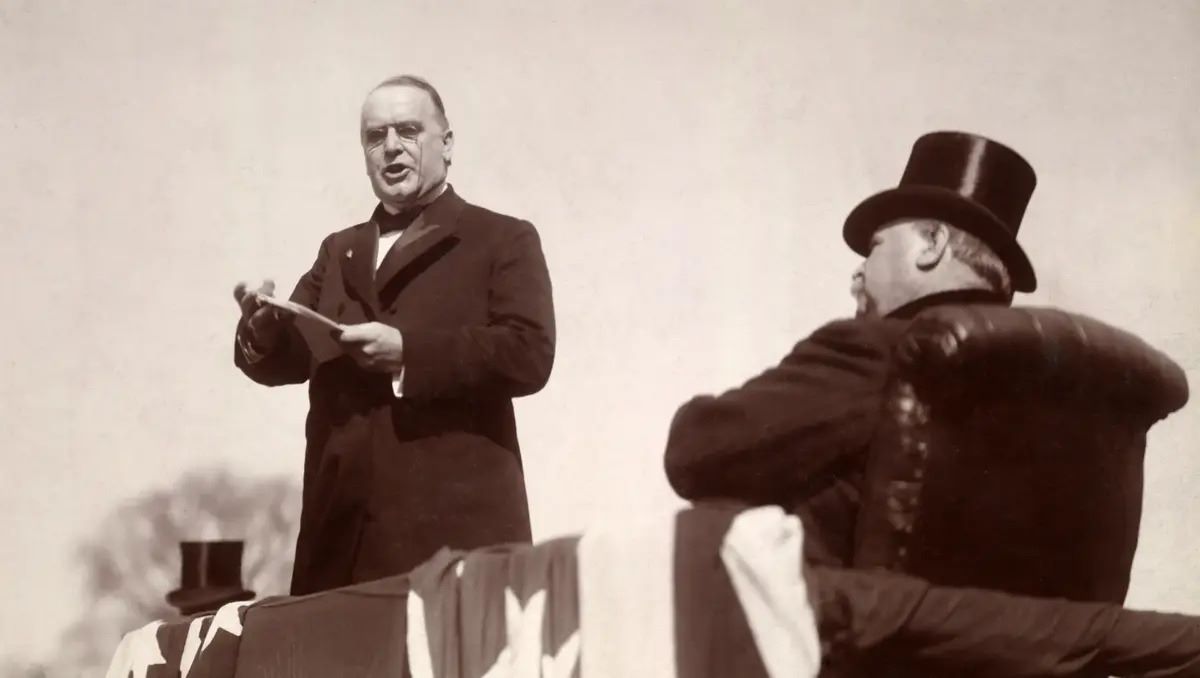
Welcome to the dark and enigmatic world of “Dark City,” a mind-bending and visually stunning movie that has captivated audiences since its release. Directed by Alex Proyas and released in 1998, this neo-noir science fiction film has earned a cult following for its unique blend of suspense, mystery, and philosophical themes. “Dark City” takes viewers on a thrilling journey through a city where reality is constantly shifting, leaving both the characters and the audience questioning what is real and what is merely a construct of their imagination. In this article, we will delve into 42 fascinating facts about “Dark City,” shedding light on its production, its cast, its hidden meanings, and its enduring legacy. So get ready to dive deep into the shadows of this captivating film and uncover the secrets that lie within.
Key Takeaways:
- Dark City is a captivating sci-fi film with stunning visuals and a mind-bending storyline that challenges the audience’s perception of reality.
- The movie’s unique blend of film noir and science fiction, along with its exploration of identity and memory, continues to intrigue and inspire audiences.
Dark City was directed by Alex Proyas.
Proyas is well-known for his dark and atmospheric films, and Dark City is no exception.
The movie was released in 1998.
It quickly gained a cult following and is now considered a classic in the sci-fi genre.
Dark City stars Rufus Sewell as the main character, John Murdoch.
Sewell delivers a captivating performance as the confused and hunted protagonist.
The film also features Jennifer Connelly as Emma Murdoch.
Connelly’s portrayal of John Murdoch’s wife adds depth and emotion to the story.
Dark City incorporates elements of film noir and science fiction.
This combination creates a unique and visually stunning world.
The setting of Dark City is a mysterious and ever-changing city.
The city itself becomes a central character in the film, with its surreal and disturbing nature.
The movie explores themes of identity and the nature of reality.
It dives deep into philosophical questions about what it means to be human.
Dark City received critical acclaim for its visual effects.
The seamless blend of practical and digital effects creates a mesmerizing and immersive experience.
The film’s soundtrack, composed by Trevor Jones, adds an eerie and haunting atmosphere.
The music perfectly complements the dark and mysterious tone of the story.
Dark City was praised for its originality and creativity.
It stood out in a time when many sci-fi films followed similar formulas.
The screenplay for Dark City was written by Alex Proyas, David S. Goyer, and Lem Dobbs.
This collaboration resulted in a compelling and thought-provoking narrative.
Dark City was not a box office success upon its initial release.
However, it gained a strong following through word-of-mouth and home video releases.
The movie features a stellar supporting cast, including William Hurt, Kiefer Sutherland, and Richard O’Brien.
Each actor brings their unique talents to their respective roles, enhancing the overall quality of the film.
Dark City’s production design and art direction are visually stunning.
The intricate and elaborate sets create a mesmerizing backdrop for the story.
The film’s cinematography, handled by Dariusz Wolski, adds to the overall dark and moody atmosphere.
The use of shadows and lighting techniques help create a sense of unease and suspense.
Dark City had a relatively modest budget of $27 million.
Despite its limited resources, the film managed to create a visual spectacle that captivated audiences.
The movie was heavily influenced by classic film noir and German Expressionism.
This is evident in its visual style and themes of identity and fate.
Dark City has a twist ending that leaves the audience questioning everything they have seen.
The revelation adds another layer of complexity to the story and enhances its overall impact.
The film received an Academy Award nomination for Best Cinematography.
This recognition validates the incredible visual craftsmanship showcased in Dark City.
Dark City’s release was overshadowed by the success of The Matrix, which was released in the same year.
Despite this, Dark City has garnered its own dedicated following over time.
The movie’s production design was heavily influenced by the works of artist Edward Hopper.
Hopper’s iconic paintings of lonely urban landscapes served as inspiration for the film’s dark and desolate city.
Dark City’s storyline explores the concept of a collective consciousness.
The city’s inhabitants are manipulated by mysterious beings known as the “Strangers.
The Strangers are portrayed as pale, bald figures dressed in sleek black suits.
Their appearance adds to the overall sense of unease and mystery surrounding them.
The film’s tagline, “A city where everyone sleeps,” encapsulates the eerie and unsettling atmosphere of Dark City.
It highlights the surreal nature of the city and the constant sense of lurking danger.
Dark City’s noir-inspired narrative is filled with twists and turns.
It keeps viewers on the edge of their seats, questioning the true nature of reality.
The movie’s visual effects team created incredible cityscapes and seamless transitions between different sets.
This attention to detail adds to the overall immersive experience of Dark City.
Dark City’s story is reminiscent of classic dystopian novels, such as George Orwell’s 1984.
It explores themes of control and manipulation by those in power.
The film’s production was plagued by studio interference and attempts to make it more mainstream.
Despite this, director Alex Proyas managed to maintain his artistic vision.
Dark City’s unique visual style has influenced many other films and TV shows.
Its impact can be seen in works like The Matrix and Blade Runner.
The film’s title, Dark City, refers to both the physical location and the darkness within its inhabitants.
It symbolizes the twisted and deceptive nature of the city.
Dark City’s screenplay underwent multiple revisions to fully develop the complex narrative.
The final product is a testament to the dedication and creativity of the writing team.
The movie’s editing, handled by Dov Hoenig, helps maintain the fast-paced and suspenseful nature of the story.
Transitions between different scenes are seamless, enhancing the overall viewing experience.
Dark City was praised for its deep and philosophical exploration of humanity.
It poses existential questions about free will and the power of the mind.
The film’s marketing campaign focused on its stunning visual effects and mind-bending storyline.
This approach helped attract an audience intrigued by its unique premise.
Dark City’s dark and gritty aesthetic is complemented by its atmospheric lighting.
Shadows play a vital role in establishing the mysterious and unsettling tone of the film.
The movie’s climax is a thrilling and intense battle between John Murdoch and the Strangers.
It showcases the protagonist’s journey from confusion to self-discovery.
Dark City’s allegorical narrative explores themes of identity, memory, and the power of perception.
It forces viewers to question their own understanding of reality.
The film’s dialogue is filled with memorable quotes that reflect its existential themes.
Lines such as “You have the power to change the world” resonate long after the movie ends.
Dark City’s visual effects supervisor, George Hull, played a crucial role in creating the film’s fantastical cityscapes.
His attention to detail and creativity brought the world of Dark City to life.
The film’s opening sequence sets the tone for the rest of the story, immersing viewers in the mysterious and unsettling atmosphere.
It immediately grabs their attention and pulls them into the enigmatic world of Dark City.
Dark City’s exploration of the boundaries of reality and perception have made it a favorite among fans of mind-bending cinema.
It challenges traditional storytelling conventions and rewards viewers with a thought-provoking experience.
Dark City’s enduring popularity is a testament to its innovative storytelling, stunning visuals, and thought-provoking themes.
It continues to captivate audiences and inspire filmmakers to push the boundaries of the sci-fi genre.
Conclusion
Dark City is a cinematic masterpiece that continues to captivate audiences with its unique blend of noir, science fiction, and mind-bending storytelling. From its stunning visuals to its complex characters and thought-provoking themes, this film remains a timeless classic in the world of cinema.
With its compelling narrative and incredible performances, Dark City takes viewers on a thrilling journey through a city that constantly shifts and bends reality. Its exploration of identity, memory, and the power of the human spirit makes it a thought-provoking experience that resonates long after the credits roll.
Whether you’re a fan of film noir, science fiction, or simply love thought-provoking storytelling, Dark City is a must-watch. Its unique style, intricate plot, and intriguing concept are sure to leave you questioning the nature of reality and craving for more.
FAQs
Q: Who directed Dark City?
A: Dark City was directed by Alex Proyas, known for his work on films like The Crow and I, Robot.
Q: When was Dark City released?
A: Dark City was released in 1998.
Q: What genre does Dark City belong to?
A: Dark City is a unique blend of film noir, science fiction, and mystery.
Q: Who are the main actors in Dark City?
A: The main actors in Dark City include Rufus Sewell, Jennifer Connelly, and Kiefer Sutherland.
Q: Is Dark City a cult film?
A: Yes, Dark City has gained a cult following over the years due to its distinctive style and thought-provoking plot.
Q: What is the central theme of Dark City?
A: The central theme of Dark City revolves around questions of identity, memory, and the nature of reality.
Q: How was the visual style of Dark City created?
A: The visual style of Dark City was heavily influenced by film noir and German expressionism, creating a dark and atmospheric world.
Q: Is Dark City a standalone film or part of a series?
A: Dark City is a standalone film, not part of any series or franchise.
Q: Did Dark City receive critical acclaim?
A: Yes, Dark City received positive reviews from critics and has gained a reputation as a visually stunning and thought-provoking film.
Q: Where was Dark City filmed?
A: Dark City was primarily filmed in Sydney, Australia.
If you're captivated by the enigmatic world of Dark City, prepare to embark on more thrilling journeys. Unravel the ancient mystery of the Eleusinian Mysteries, immerse yourself in the stylish neo-noir atmosphere of Croupier, and explore the groundbreaking science fiction concepts in Isaac Asimov's I, Robot. Each adventure promises to transport you to unique realms, where reality blends with imagination, leaving you craving more mind-bending experiences.
Was this page helpful?
Our commitment to delivering trustworthy and engaging content is at the heart of what we do. Each fact on our site is contributed by real users like you, bringing a wealth of diverse insights and information. To ensure the highest standards of accuracy and reliability, our dedicated editors meticulously review each submission. This process guarantees that the facts we share are not only fascinating but also credible. Trust in our commitment to quality and authenticity as you explore and learn with us.


